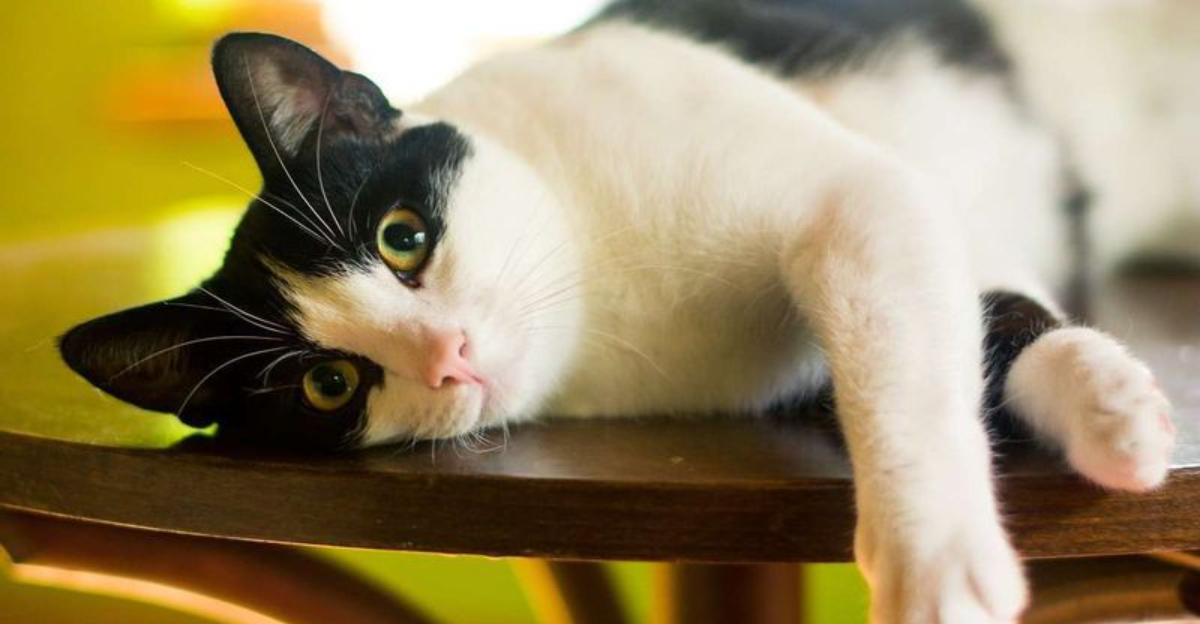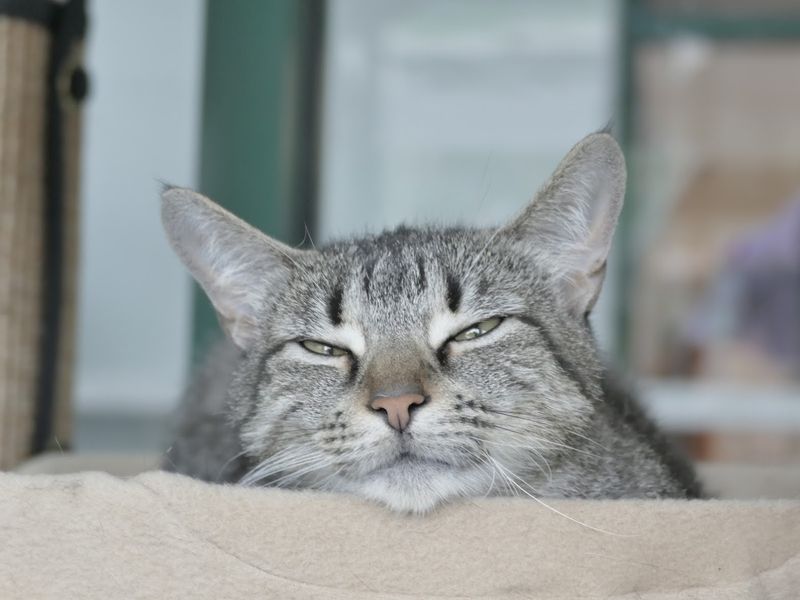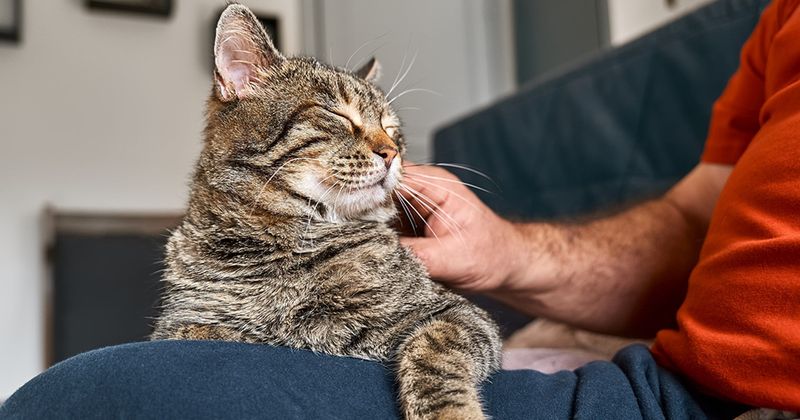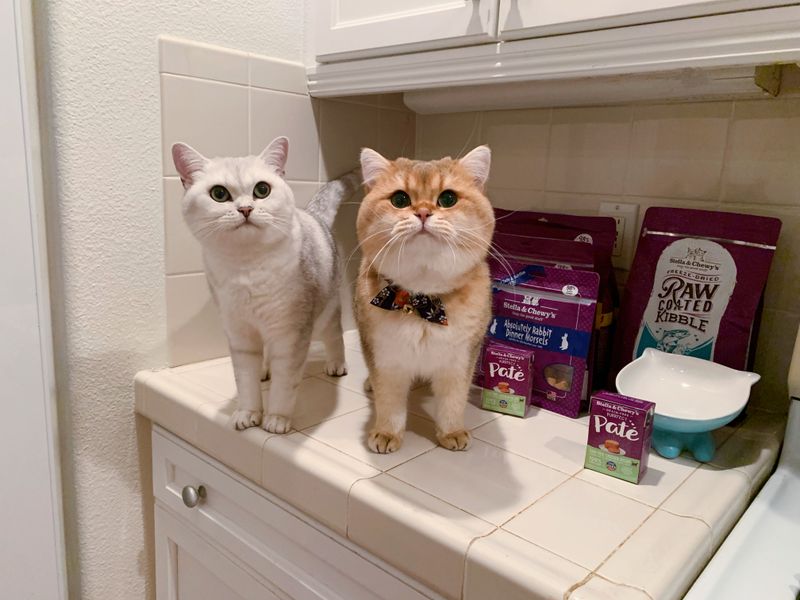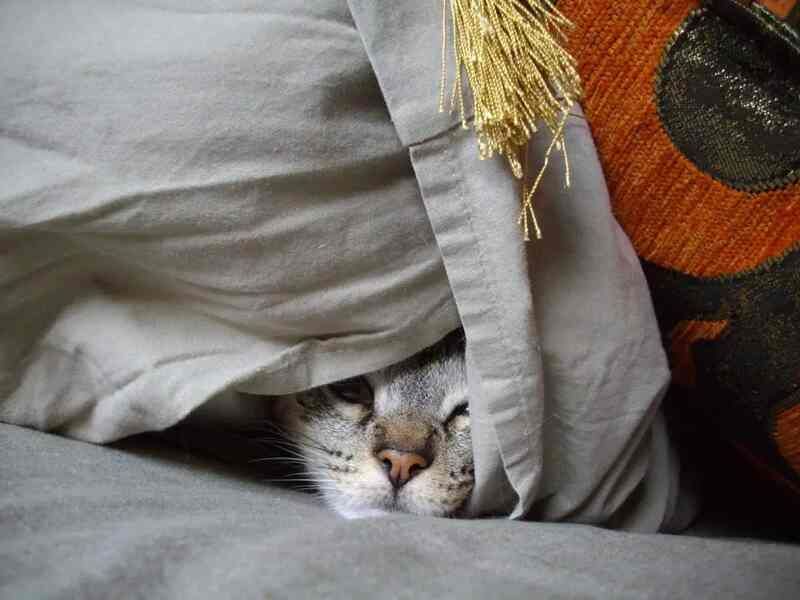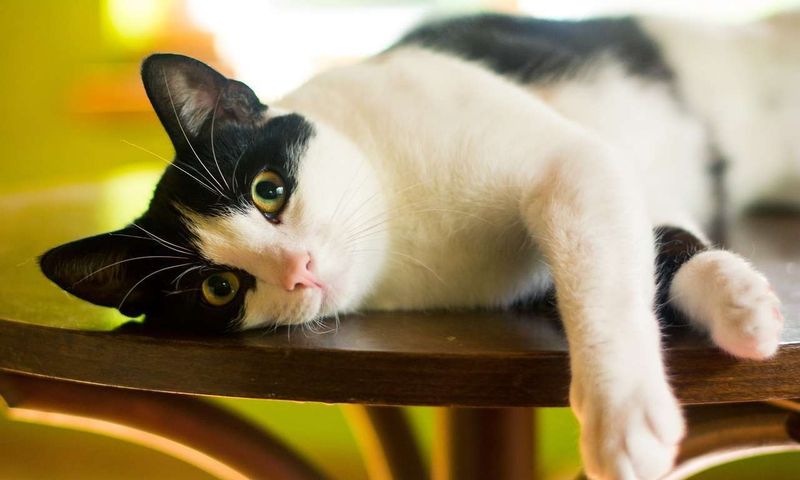📖 Table of Content:
Cats often appear self-sufficient, but they rely on their humans for safety and reassurance. In a world full of unfamiliar sounds and changes, having a trusted presence makes all the difference. Even the most independent feline seeks comfort in a dependable bond.
Providing a secure environment goes beyond meeting basic needs like food and shelter. It involves consistent, gentle interactions that build trust over time. This emotional foundation helps a cat feel truly at ease in its surroundings.
When a cat recognizes someone as a source of calm and stability, the connection deepens. Trust becomes the core of the relationship, strengthening the bond in quiet, meaningful ways. In that space of mutual comfort, a lasting companionship begins to grow.
1. Create a Cozy Cat Haven
Your home environment shapes how safe your cat feels every day. Set up multiple resting spots where your cat can retreat when feeling overwhelmed. Soft blankets, cat trees with hiding spots, and window perches give options for both security and exploration.
Cats appreciate consistency in their territory. Keep their litter box, food dishes, and favorite toys in predictable locations. This stability helps them navigate their world with confidence. Temperature matters too! Ensure your home stays comfortable year-round, with warm spots for winter snuggles and cool retreats during summer heat.
2. Speak Their Secret Language
Cats communicate primarily through body language and subtle signals. Learning to read your cat’s ear positions, tail movements, and facial expressions unlocks a deeper connection. Slow blinks, for example, are cat kisses – try returning them! Responding appropriately to these signals builds tremendous trust.
When your cat shows signs of overstimulation or fear, giving space demonstrates respect for their boundaries. Vocal communication matters too. Many cats respond positively to soft, high-pitched tones. Developing a special voice just for your feline friend creates a comforting sound association they’ll recognize anywhere.
3. Master the Art of Gentle Handling
How you physically interact with your cat establishes crucial trust foundations. Always approach from angles where they can see you coming, avoiding startling overhead movements that trigger predator fears. Let them sniff your hand before petting. Pay attention to preferred touch zones.
While many cats love cheek and chin scratches, others might enjoy back strokes or ear rubs. Respecting individual preferences proves you’re listening to their needs. For necessary handling like nail trims or medication, use calm movements and positive reinforcement. Short, successful sessions build confidence for future interactions, creating a cat who feels safe in your hands.
4. Establish Reliable Routines
Consistency creates security in your cat’s world. Regular feeding times help anchor their day and reduce anxiety about when the next meal arrives. Even if you use an automatic feeder, maintaining predictable schedules matters tremendously. Play sessions at similar times each day give cats something positive to anticipate.
Morning or evening play rituals can become cherished bonding moments your cat looks forward to. Bedtime routines signal security, too. Whether it’s a specific blanket, gentle brushing, or quiet time together before sleep, these predictable patterns help your cat feel protected as they drift off.
5. Become Their Storm Shelter
During stressful events like thunderstorms, fireworks, or home renovations, your calm presence becomes your cat’s emotional anchor. Create a designated safe room with familiar scents and sounds where they can retreat during chaos. Your behavior sets the emotional tone. Maintaining normal activities and speaking in relaxed tones shows your cat there’s no reason for alarm.
Never force interaction during scary moments – let them approach when ready. Pheromone products like Feliway can supplement your comforting presence. These synthetic versions of natural cat calming signals help reduce anxiety during particularly challenging situations, making you the provider of peace.
6. Provide Food Security Without Pressure
Food represents more than nutrition to cats – it’s a fundamental safety indicator. Multiple small feeding stations throughout your home prevent resource guarding and give timid cats options if they feel stressed about eating in certain locations. Fresh water availability in several spots ensures hydration even when your cat doesn’t feel comfortable venturing to their main water bowl.
Consider a quiet drinking fountain for cats who prefer moving water. For cats with past food insecurity, leaving a small amount of dry food available overnight can ease anxiety about going hungry. This simple act builds tremendous trust in you as their reliable provider.
7. Respect Their Independence While Being Available
The greatest gift you can give your cat is understanding their need for both connection and autonomy. Create opportunities for them to choose when interaction happens. Sitting quietly nearby while reading signals your availability without pressure. Recognize when your cat initiates contact – these moments are precious trust demonstrations.
Responding positively reinforces that reaching out to you brings good things. Balance affection with space. Some cats need frequent physical reassurance while others prefer knowing you’re nearby without constant touching. Learning your individual cat’s preference proves you respect them as a unique being, creating the ultimate safety bond.
